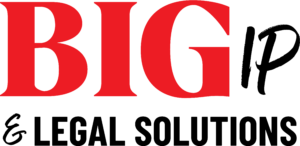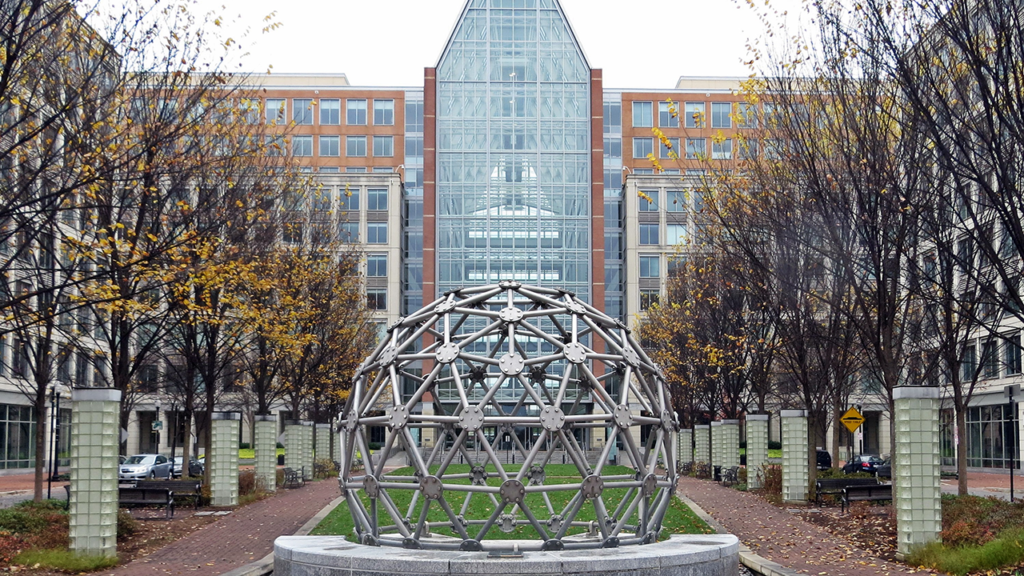The U.S. Patent and Trademark Office (USPTO) launched its Patent Pro Bono Program (PPBP) in 2011 to support under-represented groups in innovation. Today, it coordinates patent pro bono services in all 50 states, the District of Columbia, and Puerto Rico, via 21 independently operated regional programs. BIG IP & Legal Solutions is proud to be a member of the USPTO Patent Pro Bono Program and support this vital initiative. We hope you will join us by volunteering resources or funding to help more under-resourced inventors benefit from the patent process.
What Does the USPTO Patent Pro Bono Program Do?
The USPTO established the PPBP to provide independent inventors and small businesses from under-represented racial, social, and cultural groups with access to patent advice that they could not otherwise afford. Eligible inventors and entrepreneurs receive assistance in preparing and filing patent applications from volunteer patent professionals.
Patent rights can place these applicants on a more level playing field with their larger and better-resourced competitors, serve as a launchpad for success in their market, and increase jobs and income for the inventor, their family, and the surrounding community.
Read our interview with Jim Patterson of Patterson Thuente IP to find out more about the origins of this nationwide program.

Why Is the Program Necessary?
Economic growth through innovation is vital for the well-being of any nation, and protecting that innovation through the patent system is crucial to its success. Unfortunately, a lack of access, funding, and resources can impede innovation by disadvantaged individuals. This prolongs imbalances in deprived groups and communities and negatively affects the country’s economic growth as a whole.
Female and minority inventors are woefully under-represented in U.S. patent filings. According to a USPTO study, only 12.8% of all inventors named on U.S. patents are women, despite comprising 51% of the population. Meanwhile, a study by Harvard University shows the stark inequality facing minority inventors, with white individuals three times more likely to become inventors.
Patent pro bono programs are a vital and effective method for closing that gap. To date, 40% of the pro bono patentees supported by the PPBP service are female, 14% are self-identified as Hispanic, while Black Americans comprise well over 30% of pro bono applicants to the service.
How Can You Get Involved?
The USPTO is looking to assist more small businesses and entrepreneurs by growing the PPBP, but to achieve this, it needs support. You can provide it with much-needed resources in the form of volunteer hours or through grants or donations. We hope you will join us to grow and maintain the USPTO’s PPBP service and the under-represented and low-income groups it serves. Contact us you would like to learn more about PPBP or to contribute to the program. Don’t miss our interview with Jim Patterson of Patterson Thuente IP to find out more about the origins of this nationwide program.








